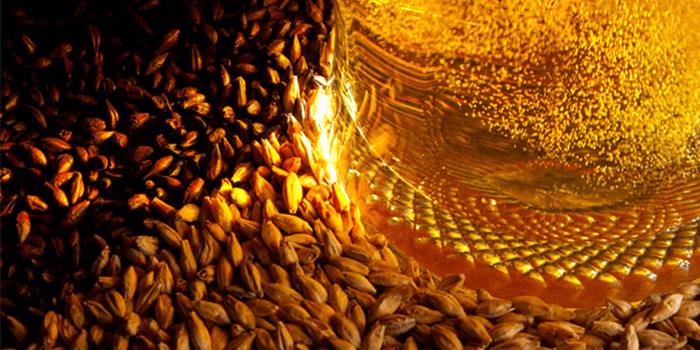During the malting process, barley is forced to germinate, after which the grain is dried in kilns. This process freezes the sugar and flavour compounds for the brewing process. During the kiln drying process, nitrosamines may be formed in the grain, which could remain within the extract and still be present in the final brewed product. Many recently used techniques, minimise the formation of nitrosamines., However, low levels of these carcinogenic compounds still remain. Therefore, all malt used in the brewing process needs to be analysed for its nitrosamine content. It is important to monitor the final product as well as the malt, to help regulate the exposure of nitrosamines from the consumed liquid.
The Ellutia 200 Series Gas Chromatograph with an EL-WAX column was utilised alongside the 800 series Thermal Energy Analyser (TEA).

Malt
Sample preparation (Malt) – Samples were extracted in duplicate. Each replicate had 50 grams of malt ground up and had 100 ml deionised water added. The extract was filtered through a Whatman Grade 1 filter paper and 1 ml of 10 ppm NDPA (n-nitroso di propylamine) internal standard was added to one extract (this generates a 100 ppb NDPA spiked sample). The samples were then made up to 100 ml with deionized water volumetrically. To a vial, 10 ml of extract, 3 grams of sodium chloride and 10 ml of dichloromethane (DCM) was added and shaken for 5 minutes. Then the layers were left to separate for 15 minutes. The lower layer containing DCM was pipetted out into a clean vessel. 10 ml of DCM was added to the extract and the liquid/liquid extraction step was repeated. After this step, the DCM (final volume approx. 20 ml) was dried using 1 gram of sodium sulphate and then pre-concentrated to 1 ml under a nitrogen flow of approx.1 l min-1. A 1 μl injection of the concentrated DCM was directly analysed.





